The Importance of Customer Support in the Payment Gateway Industry: Insights from PayTabs

The total value of transactions in the UAE’s digital payments market is poised to reach USD 37.45 billion by 2028. And it doesn’t come as a surprise, given the high penetration of internet and mobile devices as well as the emergence of young, tech-savvy shoppers. So, as a merchant, you need a payment gateway that helps you accept payments from any part of the world easily, quickly, and safely. With the ideal gateway, you can generate invoices automatically, offer multiple payment modes, accept various currencies, comply with regulations, and analyze data to make informed decisions. However, is that enough? No, payment gateway providers must also have a robust customer support system.
What happens in the absence of proper customer support and how to choose a provider that offers what you need? With International Customer Support Day right around the corner, let’s find out.
Importance of Customer Support for the Payment Gateway Industry
Delays or glitches in payment processing can annoy customers and lead to cart abandonment. Your revenue might suffer even if the gateway is down for a few seconds, especially during festive seasons when the transaction volume is high. Problems with payment processing can make a poor impression on your customers and they might lose confidence in your brand. You might lose the scope of repeat business too.
Hence, you need to partner with a provider that can offer immediate support and resolve issues swiftly, so your business can get back on track in no time.
Choosing a Payment Gateway Provider
When you need urgent troubleshooting for payment-related problems, calling a customer service team and staying on hold for hours can be immensely frustrating. Or business hours might be limited and your emails might not get answered on time. So, here’s what to ask before picking a payment gateway provider:
-
How Easy is It to Get Help?
Enquire about the channels available to reach the customer care team and try them out. Note how long it takes to get a response. Does a phone call direct you to a generic voice mailbox? Consider your business’s unique needs too before making a choice.
-
When is Customer Service Available?
Not all payment gateway providers offer support round-the-clock. So, pick one that aligns with your specific requirements, especially if you need them at odd hours, like late at night or early in the morning. Check if the response speed and quality vary with the time of day.
-
How Easily are Issues Resolved?
Whether a card gets rejected due to customer information inconsistencies or there are not enough funds in the account, you would want a fast resolution. Hence, ask the provider about the time and effort it usually takes to solve such problems, whom to contact, and if they are knowledgeable.
How PayTabs is Transforming Customer Support
PayTabs takes customer support for payment gateway client services to a whole new level by offering multiple, effective channels for problem resolution:
-
FAQs
Find answers to commonly-asked questions about PayTabs, how you can register for a merchant account, currencies and payment methods supported, etc. Also find answers to queries related to payment, membership, integration, fund transfer, and prohibited items.
-
Guides
Guides are available on merchant dashboard usage (authentication, password retrieval, withdrawals etc.), merchant onboarding process, alternative payments (Apple Pay, MADA), safety tips for ecommerce, and popular products like electronic invoicing.
-
Tutorials
You can explore videos and webinars on merchant registration, payment pages, invoices, dashboard usage, and so on.
-
Merchant Dashboard Resources
Apart from FAQs and videos on various features of the merchant dashboard, find live demos to get a quick solution.
It is an exhaustive knowledge bank containing informative articles and guides on relevant topics, like getting started with a PayTabs account, dashboard management, integration with PayTabs (plugins, mobile SDKs, API endpoints, etc.), troubleshooting of various errors, alternative payment modes, billing, refund management, and training.
This resource caters to developers, allowing them to access and share important information and knowhow. Whether you have integration questions on Magento, Shopify, Drupal, WooCommerce, or enhancement requests, or are new to PayTabs, find solutions here.
-
Other Support Channels
You can directly email [email protected] in case of any query or issue, or send a WhatsApp text to the relevant number for your country. Our contact page enables you to submit queries easily for customer service, technical help, sales, and more. We provide support through social channels like Instagram, Facebook, and Meta too.
Customer Support is Your Right
This International Customer Support Day, understand what you deserve as a customer when you partner with payment gateway providers. With the right support, you can go about your business smoothly and focus on core tasks and profitability. And when you join hands with PayTabs, rest assured that all your payment-related worries will be addressed adeptly, immediately, and satisfactorily.
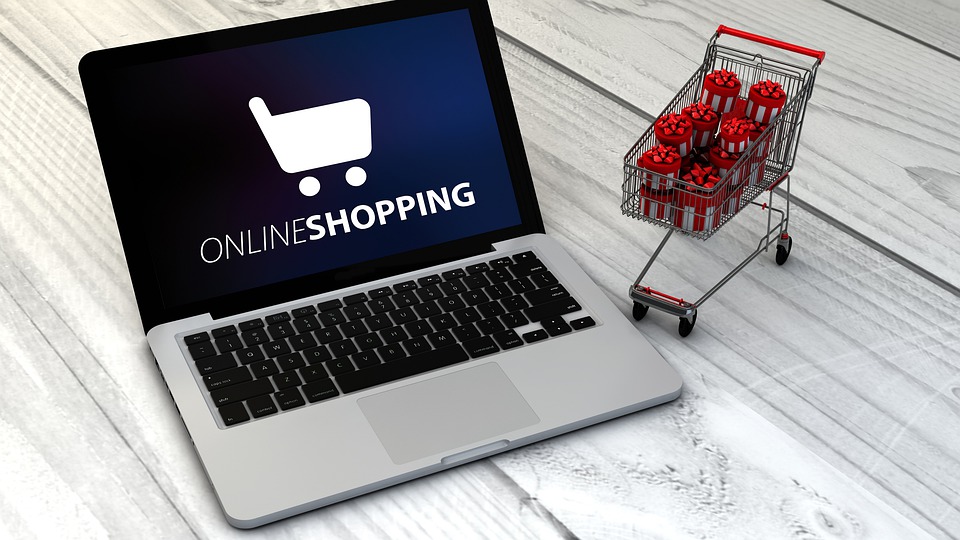

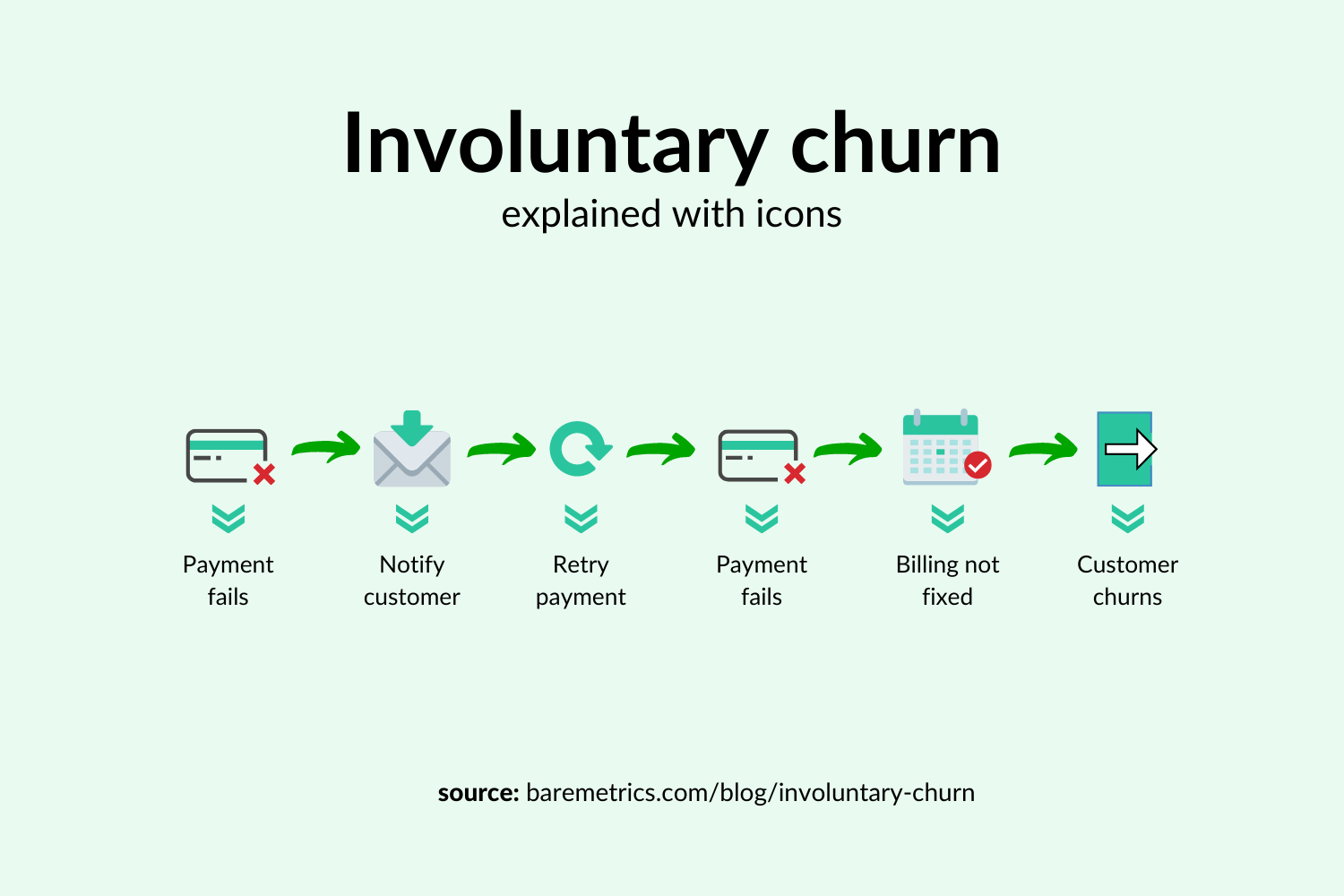
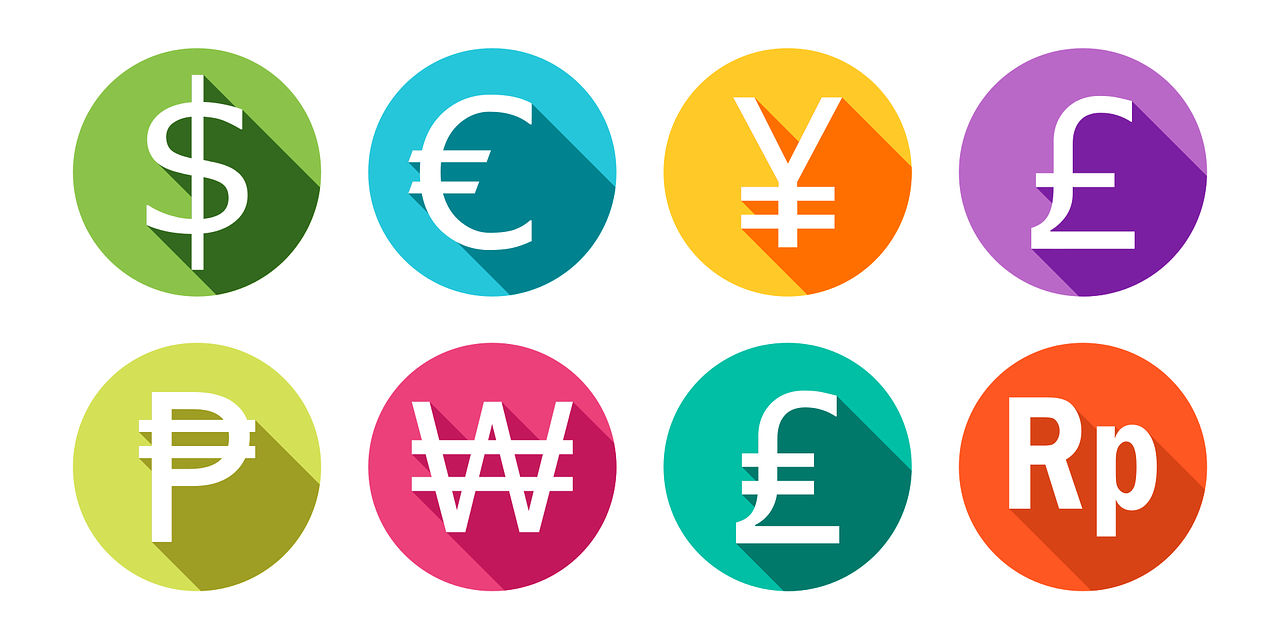


 Emily Rollwitz – Content Marketing Executive, Global App Testing
Emily Rollwitz – Content Marketing Executive, Global App Testing 


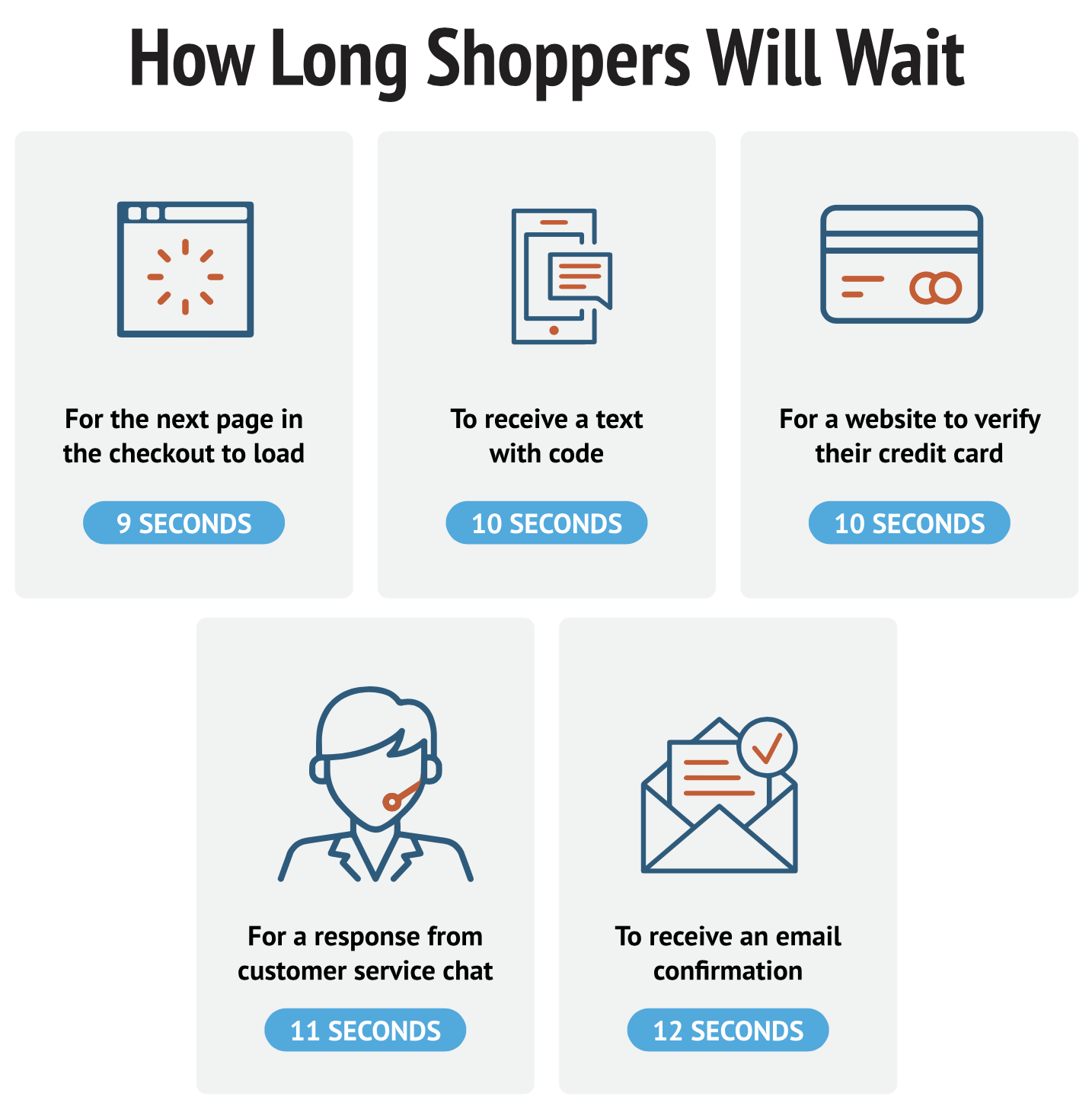
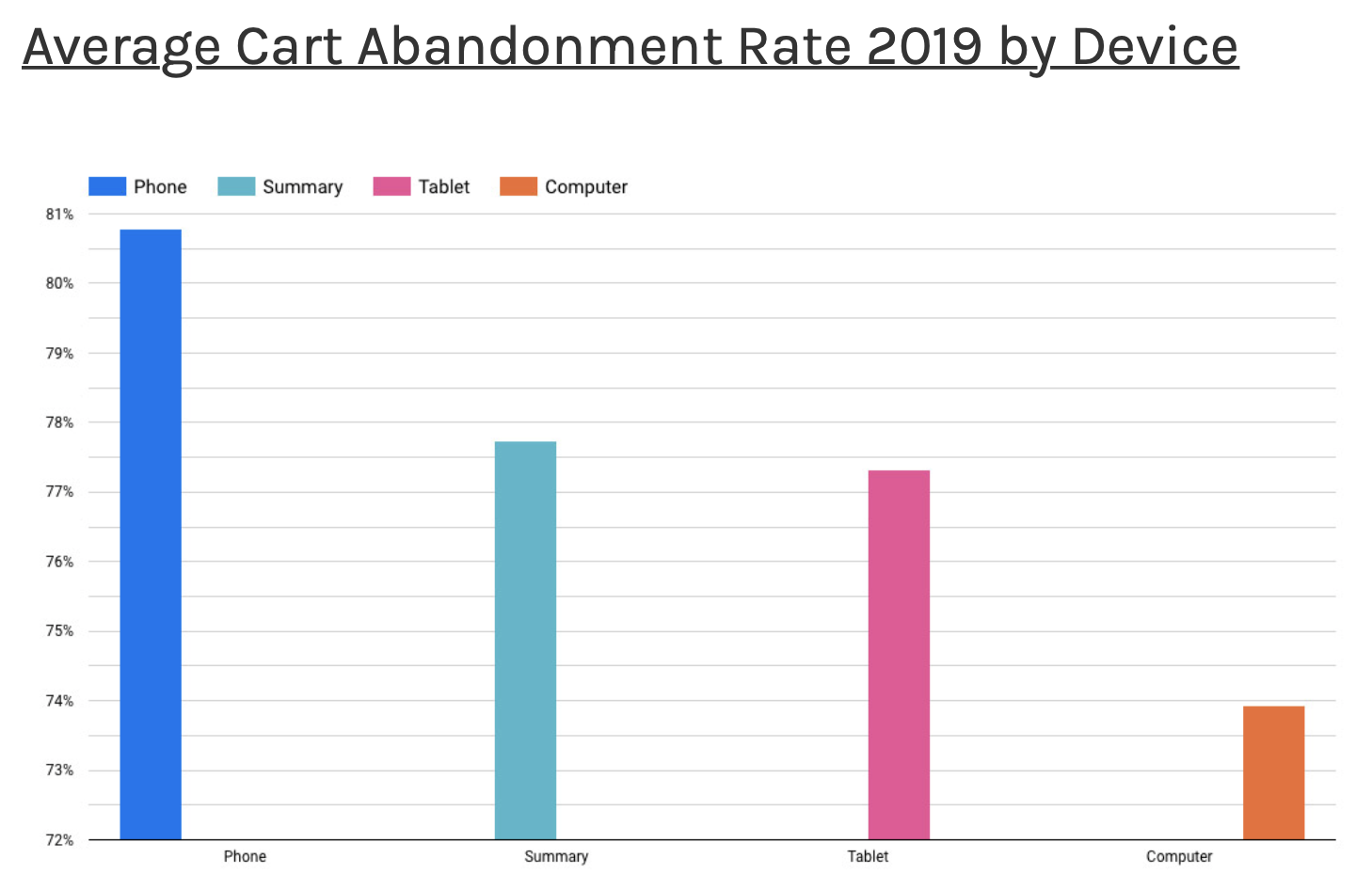
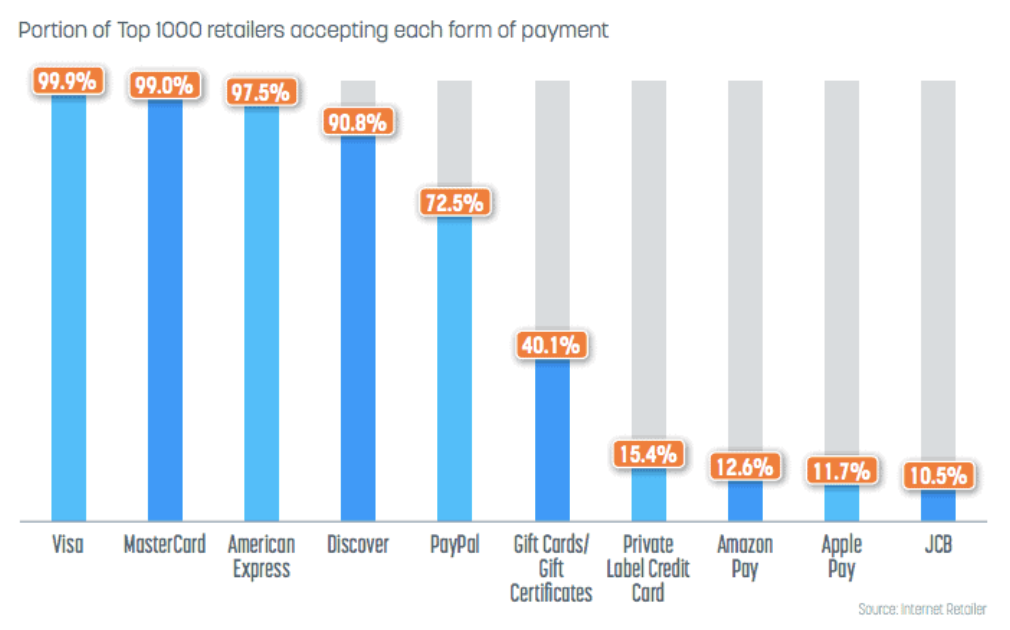
 Kate Priestman – Head Of Marketing, Global App Testing
Kate Priestman – Head Of Marketing, Global App Testing




 Matthew Cooper – Marketing Automation & Operations Manager, Global App Testing
Matthew Cooper – Marketing Automation & Operations Manager, Global App Testing
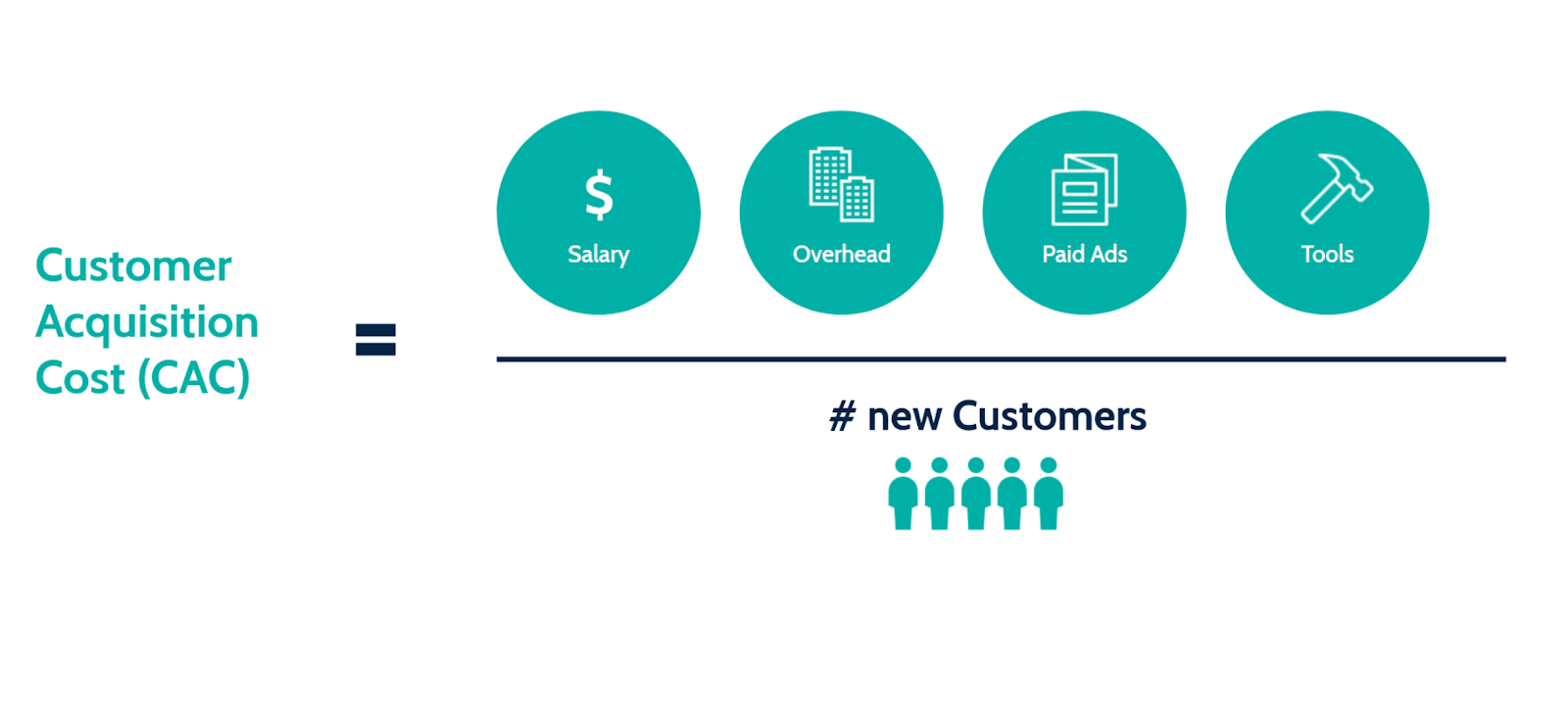
 Jessica Day – Senior Director, Marketing Strategy, Dialpad
Jessica Day – Senior Director, Marketing Strategy, Dialpad